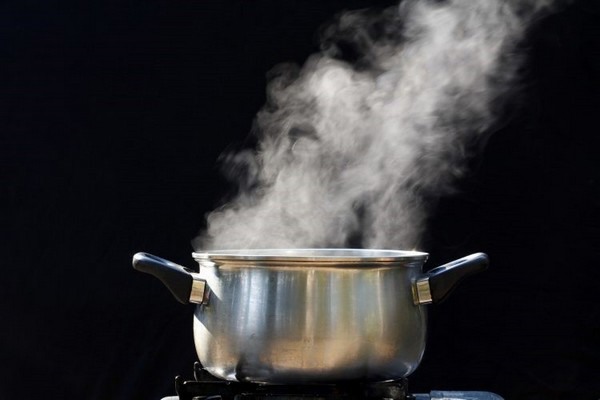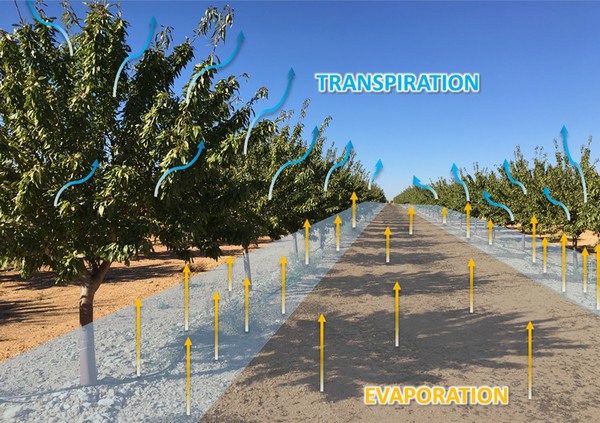The evapotranspiration rate (ET) is the basis for a correct and accurate irrigation system design and one of the most relevant calculation parameters. Underestimating this value can result in water stress - lack of crop growth - yield loss. At the same time, overestimating this value one may face extra material cost and inefficient irrigation performance. It is clearly important to correctly determine the ET value, but what is it exactly?
Evapotranspiration is defined by the FAO as 'the combination of two separate processes whereby water is lost on the one hand from the soil surface by evaporation and on the other hand from the crop by transpiration is referred to as evapotranspiration (ET)".
Evaporation
The steam coming out of a pot of boiling water, that is evaporation. From the top: water can be present in three stages; solid, liquid and gas. This depends on the energetic level of the water particles. When the water in the cooking pot is heated, its energetic level increases up to the limit where the liquid form transforms to gas form. This phase is the evaporation.

Water can evaporate from any surface: oceans, rivers, roofs, pavements. In this example, if you replace the boiling pot by soil, and the fire that heats it is the sun radiation, evaporation from the ground to the atmosphere takes place. Since the sun radiation varies due to weather conditions, the evaporation varies as well. The soil type and condition also have an effect on the evaporation rate.
Transpiration
A healthy plant, growing nicely, with well developed roots throughout the soil, actively drawing water and dissolved nutrients in, which reaches the leaves. This allows the plant to keep living and growing strong. The unused water is released to the atmosphere through small openings on the underside of the leaves, the stomata. That is transpiration.
Generally speaking, the transpiration rate depends on the type of plant, its size (which depends on the development phase), and its agronomic phase (blooming, fruit growth, ripening). But if water is not available, the stomata will close and there will be no transpiration, which can affect the final production.

Evapotranspiration
So, adding up the water directly evaporated from the soil and the water that the whole plant transpires, equals the evapo - transpiration rate.
Evaporation and transpiration are closely related when talking about irrigation, although the irrigation method significantly influences the ratio of how each parameter occurs.
Drip and sub-surface drip irrigation
Drip irrigation systems wet the small portion of the ground close to the crop, where the plant's roots develop. The evaporation rate near the plant is completely different compared to the non-cultivated surface. Decreasing the evaporation rate and carefully targeting irrigation, can help save large amounts of water.
With sub-surface drip irrigation technique, water doesn't reach the surface of the soil when irrigating, so water loss by evaporation is avoided.
For more information: 
AZUD
+34 968 80 84 02
info@azud.com
www.azud.com
